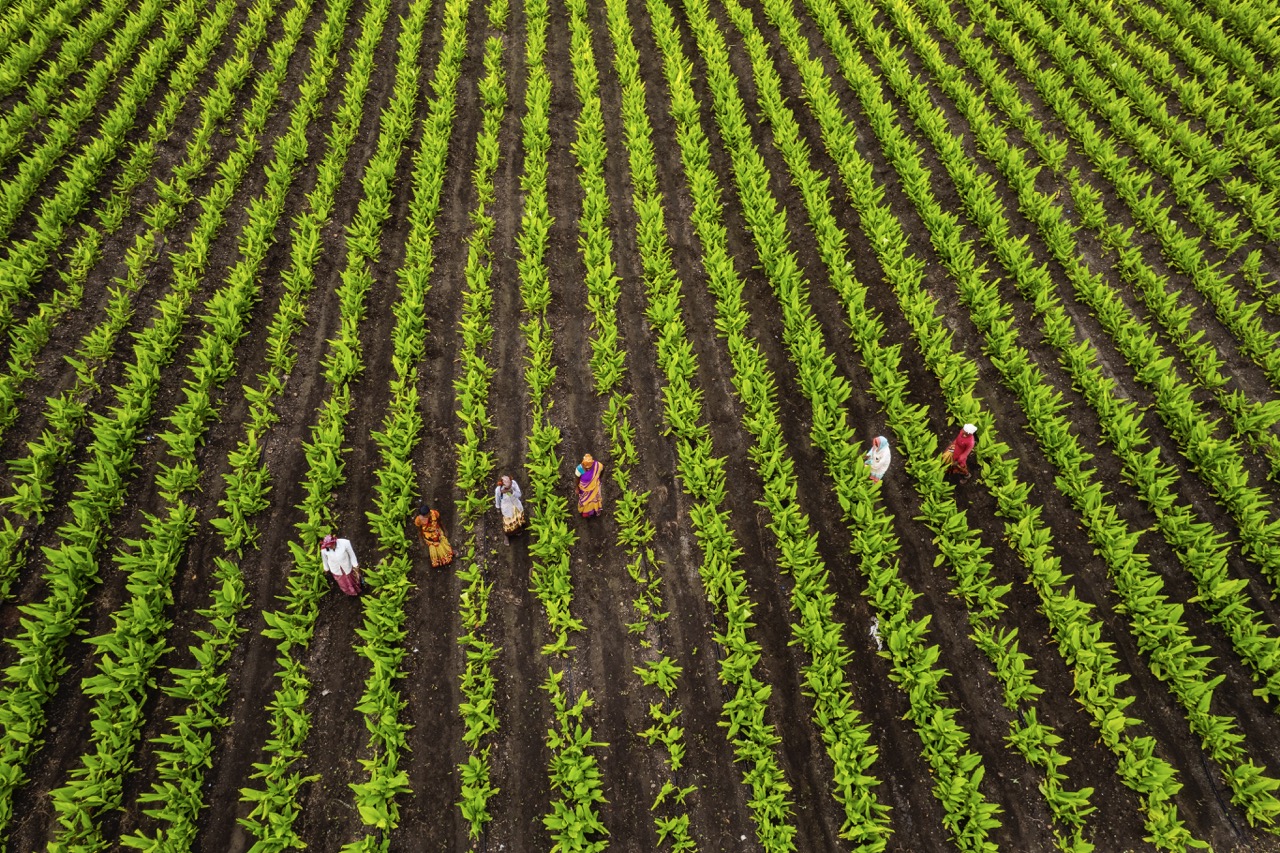As climate change continues to pose significant challenges to global food security, the agricultural sector is increasingly recognized as a major contributor to greenhouse gas emissions. Farmers, however, hold the key to mitigating these impacts through innovative practices and technologies. By adopting sustainable farming methods, leveraging modern technology, and understanding the environmental consequences of their activities, farmers can significantly reduce their carbon footprints. This article explores the multifaceted approach required to make agriculture more sustainable and environmentally friendly.
Understanding the Impact of Agriculture on Carbon Emissions
Agriculture is responsible for approximately 10-12% of total greenhouse gas emissions worldwide, with livestock production, land-use changes, and fossil fuel use for machinery being the primary culprits. The production of methane from ruminant animals, nitrous oxide from fertilized soils, and carbon dioxide from deforestation for cropland are the key contributors to agriculture’s carbon footprint. These emissions not only threaten the environment but also compromise the resilience of farming systems amidst changing climatic conditions.
Additionally, conventional farming practices often exacerbate carbon emissions through soil degradation and loss of biodiversity. Intensive tillage, the use of synthetic fertilizers, and monoculture cropping can lead to reduced soil organic matter, which plays a crucial role in sequestering carbon. As soil health deteriorates, the capacity to capture and store carbon diminishes, creating a cycle that further increases greenhouse gas emissions and threatens the sustainability of agricultural systems.
Moreover, the economic implications of climate change on farming cannot be overlooked. Extreme weather events, changing precipitation patterns, and rising temperatures can compromise crop yields and livestock production, putting farmers’ livelihoods at risk. Understanding the direct and indirect impacts of agriculture on carbon emissions is essential for farmers to adopt practices that not only reduce their carbon footprints but also enhance their resilience and profitability.
Practical Strategies for Sustainable Farming Practices
To reduce a farm’s carbon footprint, the implementation of sustainable farming practices is vital. Crop rotation, cover cropping, and reduced tillage are effective techniques that enhance soil health while minimizing soil disturbance and erosion. These practices help improve soil organic matter, enabling the soil to sequester more carbon. Furthermore, integrating livestock and crop production through agroecological approaches can optimize land use and create a more balanced ecosystem on the farm.
Another crucial strategy is the efficient use of fertilizers. Precision agriculture technologies can help farmers apply the right amount of nutrients at the right time, reducing excess runoff and emissions associated with synthetic fertilizers. Organic fertilizers, such as compost and manure, also contribute to improving soil fertility without the negative environmental impacts often linked to chemical fertilizers. Farmers should also consider engaging in agroforestry practices, which involve planting trees alongside crops or pastures to enhance biodiversity, improve soil health, and sequester carbon.
Water management is another key element of sustainable farming. Implementing practices such as rainwater harvesting, drip irrigation, and moisture retention techniques can minimize the use of freshwater resources while ensuring crops receive adequate hydration. These strategies not only lower the carbon footprint but also boost resilience against droughts and water scarcity, which are becoming increasingly common due to climate change.
Innovative Technologies to Lower Carbon Footprint
The adoption of innovative technologies is revolutionizing the agricultural sector, providing farmers with new tools to measure and reduce their carbon emissions. Precision farming technologies, which utilize GPS and satellite data, allow farmers to optimize their inputs and manage their resources more efficiently. By using sensors and data analytics, farmers can monitor soil health, moisture levels, and crop performance, enabling them to make informed decisions that minimize their carbon footprints.
Biotechnology also plays a role in sustainable agriculture. Genetically modified crops can be engineered to be more resilient to pests, diseases, and climatic stressors, reducing the need for chemical inputs and maximizing yield potential. Additionally, research into biofuels and alternative energy sources, such as solar and wind, empowers farmers to reduce their reliance on fossil fuels and transition to more sustainable energy practices.
Digital platforms are emerging as essential tools for farmers to track their sustainability efforts. Applications and software designed for farm management can help farmers analyze their carbon emissions, set reduction targets, and monitor their progress. By harnessing these innovative technologies, farmers not only improve their operational efficiency but also contribute to a broader commitment to combat climate change.
Measuring and Monitoring Your Farm’s Carbon Reduction Efforts
To effectively reduce a farm’s carbon footprint, establishing a baseline for carbon emissions is crucial. Farmers can utilize tools and resources such as carbon calculators and sustainability assessments to evaluate their current practices and identify areas for improvement. By quantifying emissions from various sources—such as soil management, fertilizer use, and energy consumption—farmers can create a comprehensive profile of their farm’s carbon footprint.
Continuous monitoring is essential to track progress and evaluate the effectiveness of implemented strategies. Technologies such as remote sensing, soil testing, and data analysis can provide valuable insights into how farming practices influence carbon sequestration and emissions over time. By setting specific, measurable goals, farmers can systematically address areas that contribute to their carbon footprint and adapt their strategies as needed.
Collaboration with research institutions, agricultural extension services, and sustainability organizations can enhance farmers’ understanding of carbon management practices. Engaging in peer networks and participating in educational workshops can provide farmers with the latest information on innovative practices, success stories, and technical support. By fostering a culture of continuous improvement and knowledge-sharing, farmers can effectively measure and monitor their carbon reduction efforts, ultimately contributing to a more sustainable agricultural sector.
Reducing the carbon footprint of agriculture is not only essential for environmental sustainability but also for ensuring the long-term viability of farming as an economic activity. By understanding the impact of their practices, adopting sustainable methods, leveraging innovative technologies, and rigorously measuring their progress, farmers can play a pivotal role in combating climate change. The journey toward more sustainable agriculture is a collective effort that requires commitment, collaboration, and continuous learning, paving the way for a healthier planet and resilient food systems.










